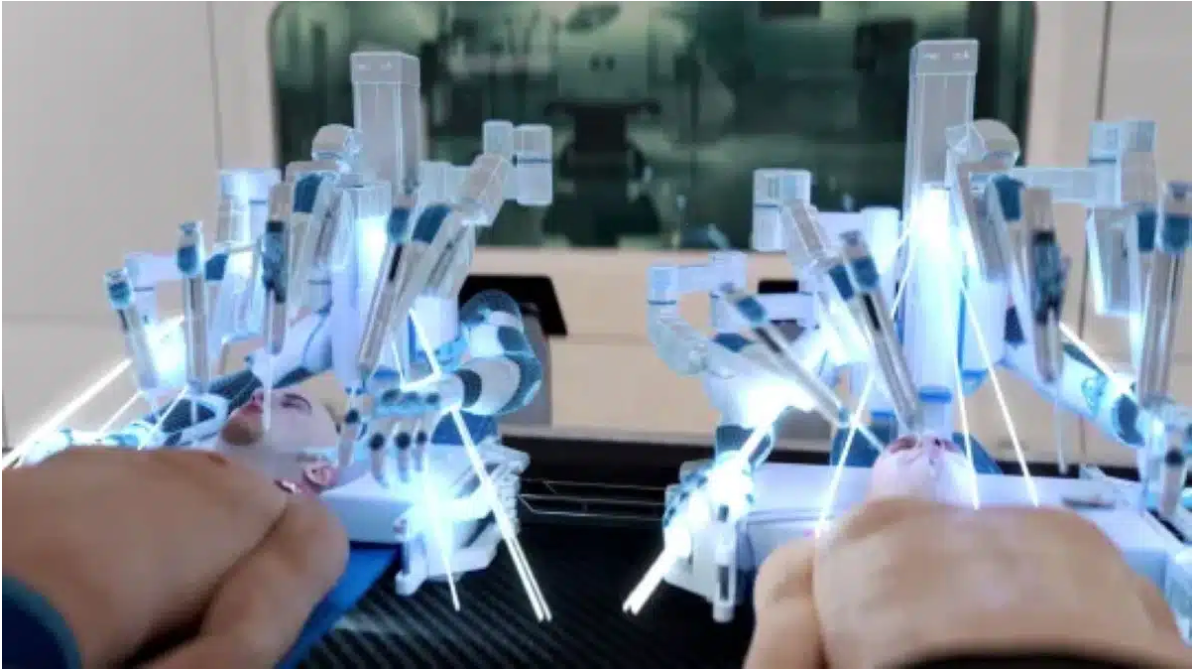According to BrainBridge, with the latest robotic technology and artificial intelligence (AI), the patient's head will be severed and grafted onto a healthy donor body.

Earlier this week, US neuroscience and biomedical engineering startup BrainBridge unveiled its concept for the world's first human head transplant system, combining artificial intelligence (AI) and the latest robotics technology to literally cut off a human head and place it on a new body.
This ambitious project aims to give terminally ill, neurodegenerative and paralysed patients a new chance at life by transferring their heads to healthy donor bodies.
Accordingly, BrainBridge will develop a fully automated robotic system capable of performing complex head transplant procedures within the next eight years.
Basically, this procedure means replacing a diseased or damaged body with a healthy one.
The transplant process, illustrated in a recently released video, involves a sophisticated robotic system that can simultaneously detach the heads of both the donor and recipient, then smoothly and seamlessly transfer the recipient's head onto the donor's body.
The procedure will be guided by artificial intelligence (AI) and real-time molecular-level imaging, ensuring precise reconnection of the spinal cord, nerves and blood vessels.
One of the biggest challenges is how to completely repair nerve and spinal cord damage. BrainBridge recognizes this obstacle and is actively recruiting leading experts from various fields to collaborate on solutions.
In the short term, BrainBridge predicts that their research and development efforts will lead to breakthroughs in spinal cord regeneration and whole-body transplants.
In the long term, the company aims to revolutionize healthcare, explore new frontiers in medical science, and expand into areas previously considered unimaginable.
The concept of head transplants has captured the imagination of scientists and the public for centuries, with initial attempts dating back to the early 20th century. In 1908, the first recorded head transplant was performed on a dog, although it was unsuccessful.
In the 1950s, Dr. Vladimir Demikhov conducted experiments that involved grafting living heads onto other dogs, creating two-headed dogs. While not technically considered full head transplants, these experiments pushed the boundaries of what was considered possible in surgical procedures.
In the 1970s, Dr. Robert White achieved a major milestone when he performed a head transplant on a rhesus monkey. The monkey survived for eight days and retained sensory functions but was unable to move its new body because the spinal cord could not be reconnected.
Most recently, neurosurgeon Sergio Canavero claimed to have successfully performed a human head transplant, despite both the donor and recipient having died. The claim has sparked debate and raised questions about the ethics of such procedures.
The BrainBridge head transplant is the same, although it has good intentions, should we do it?
In response to this concern, BrainBridge emphasizes that their approach is rooted in rigorous scientific research and adheres to the highest ethical standards.
The Company is committed to engaging in open dialogue with the scientific community, policymakers and the public to address these important issues.
TN (according to Tuoi Tre)